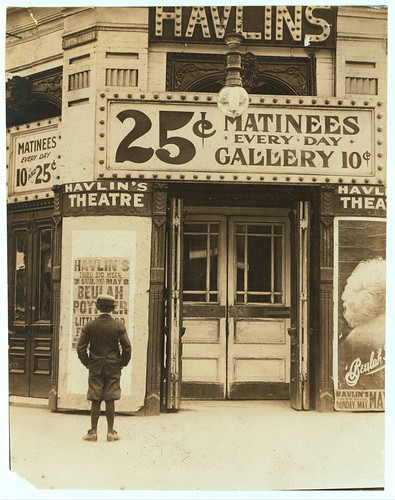The most interesting thing about the stats for me is always the vast difference between Blogger's pageviews (1st column in Table 1) and Google Analytics' (3rd column in Table 1). This is generally understood to be because Blogger counts every 'hit' including Google's indexing crawlers and not just real people. I've also included the number of people visiting each month (2nd column), to my knowledge Blogger doesn't provide that info. Odd because Blogger 'is' Google. See explanation below for what numbers in brackets or coloured red mean.
Table 1: Blog stats, by month, for 2016
| Month | Pageviews (Blogger) | Visitors (Google) | Page views (Google) |
|---|---|---|---|
| January (7) | 35,092 | 7,421 | 8,466 |
| February (1) | 27,505 | 6,671 | 7,668 |
| March (4) | 31,880 | 6,704 | 7,602 |
| April (3) | 25,857 | 6,041 | 6,877 |
| May (2) | 37,151 | 5,173 | 5,923 |
| June (5) | 29,389 | 5,669 | 6,550 |
| July (2) | 35,874 | 4,842 | 5,578 |
| August (4) | 30,244 | 4,957 | 5,877 |
| September (0) | 25,266 | 4,197 | 4,776 |
| October (6) | 27,249 | 5,611 | 6,391 |
| November (3) | 26,971 | 5,491 | 6,512 |
| December (2) | 53,578 | 5,145 | 5,898 |
Table 1 info
Figures in brackets next to the month are the number of blog posts published that month.
Figures in red are uncorrected because the month hasn't finished yet. December has had a massive increase in Blogger views - I took my blog offline yesterday for a few hours and it seems to have settled back again. Looked like lots of 'views' from Russia but no-one actually viewing any posts (at least the numbers don't match). Nothing against real visitors from Russia but a sudden spike from 1,000 to 4,000 in one day seems a bit suspicious.
Not only is there a disparity between Blogger and Google page views for every month there's also an inconsistency in the mapping (eg 1,000 Google page views doesn't equal 2,000 Blogger ones - there's no obvious mathematical relationship between them).
Table 2: Lifetime and annual views of this blog
| Year | Pageviews (Blogger) | Visitors (Google) | Page views(Google) |
|---|---|---|---|
| 2010 (77) | 23,351 | 9,630* | 18,958* |
| 2011 (89) | 65,972 | 22,343 | 40,263 |
| 2012 (141) | 187,506 | 57,040 | 77,869 |
| 2013 (141) | 553,064 | 136,941 | 164,352 |
| 2014 (100) | 779,632 | 199,217 | 226,419 |
| 2015 (50) | 498,355 | 113,129 | 130,115 |
| 2016 (39) | 379,613 | 66,614 | 77,092 |
603,408^^ 735,068
Table 2 info
Figures in brackets next to the year are the number of blog posts published that year.
*I began counting stats on Google Analytics in April 2010. Blogger began its own stats system in July 2010.
^) Count of everything in the column above it
^^) lifetime count as given on Google Analytics - no idea why there's a difference, especially as the 735,068 is the same for both.
Popular posts for this blog (for all time)
Features of my blog to take into account
- People find my posts almost entirely through search engine results (I don't promote my blog heavily on social media, though I do mention it fairly regularly)
- The most popular posts here are about how to do something, often on Twitter - the answer to people's question(s) can usually be found within the first paragraph or the title, with the rest of the post containing supplemental information. This means that I have a VERY high bounce rate - people arrive, see the answer, leave. If this were a sales website that would be disastrous but as a largely 'how to' info blog that's OK.
- My blog is about many different things and therefore unfocused.
- I don't have a regular posting schedule and literally post stuff as it occurs to me, which is appropriate given the name of the blog.
Previous posts about this blog's stats
- Blog stats for this blog (2010) - blog getting around 3,000-4,000 hits per month - as assessed by Blogger (Google Analytics is always much lower)
- Blog stats for this blog part two (2011) - around 4,000-8,000 hits per month (Blogger stats)
- Blog stats for this blog part three (2012) - 8,000-25,000 hits, 32,000 by December (Blogger stats)
- Blog stats for this blog part four (2013) - around 40,000 hits per month (Blogger stats) - added 2 Jan 2014
- Blog stats for this blog part 5 (2014)
- Blog stats for this blog part 6 (2015)
- Blog stats for this blog part 7 (2016) - this post













